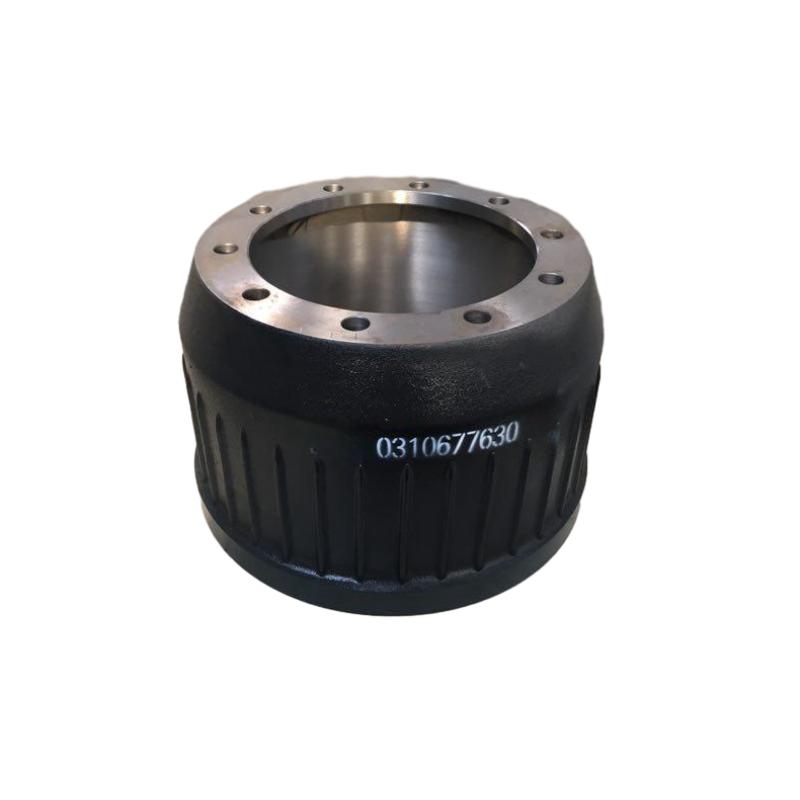7 月 . 27, 2024 14:43 Back to list
Understanding the Brake Drum Gauge for Accurate Measurement and Maintenance of Vehicle Braking Systems
Understanding Brake Drum Gauge A Critical Tool for Vehicle Safety
Brake systems are paramount in ensuring the safety and performance of any vehicle. Among the various components that contribute to effective braking, the brake drum and its maintenance play a crucial role. A brake drum gauge is an essential tool used by automotive technicians and enthusiasts alike to measure the wear and condition of brake drums, ensuring that vehicles operate safely and efficiently.
What is a Brake Drum?
The brake drum is a cylindrical component of the drum brake system. When the brakes are applied, brake shoes press against the inside of the brake drum, creating friction that slows down or stops the vehicle. Over time, due to regular use and heat generated during braking, brake drums can wear out. This wear can lead to reduced braking efficiency, increased stopping distances, and even brake failure if not monitored and maintained properly.
The Importance of Using a Brake Drum Gauge
To maintain optimal performance and safety, it is imperative to regularly inspect and measure the thickness of brake drums. This is where a brake drum gauge comes into play. The gauge allows for precise measurements of the internal surface of the drum, helping technicians determine whether the drum is within the manufacturer's specifications for safe operation.
Using a brake drum gauge not only aids in assessing whether a drum needs resurfacing but also helps in identifying any irregularities such as warping or cracking. These issues can significantly impact braking performance. By catching such problems early through regular inspections, vehicle owners can avoid costly repairs and ensure the safety of their vehicles.
Types of Brake Drum Gauges
brake drum gauge

Brake drum gauges come in various types, each designed for specific applications. Digital gauges offer quick, accurate readings and are easy to read, while mechanical gauges are often more durable and do not require batteries. There are also specialized gauges designed to measure different aspects, such as thickness, taper, and out-of-roundness.
One common type is the caliper gauge, which uses a calibrated scale to measure the internal diameter of the brake drum. It provides a straightforward way to determine whether the drum is within acceptable limits. Additionally, many gauges now come with features that allow for easy conversion between measurement standards, aiding mechanics working with a variety of vehicles.
How to Use a Brake Drum Gauge
Using a brake drum gauge effectively requires a basic understanding of the tool and the brake system. First, the technician must ensure the vehicle is safely lifted and secured before accessing the brake components. After removing the wheel and brake drum, the gauge can be inserted into the drum to measure the thickness.
It's important to take multiple measurements at different points around the drum to account for any uneven wear. The readings should then be compared against the specifications provided by the vehicle manufacturer. If the drum thickness is below the minimum specification, it may need to be resurfaced or replaced.
Regular Maintenance and Safety
In conclusion, a brake drum gauge is more than just a tool; it is a vital instrument for maintaining vehicle safety through proper brake system care. By regularly monitoring the condition of brake drums, vehicle owners can ensure their brakes function effectively, preventing accidents and enhancing overall road safety. Whether you are a professional mechanic or a DIY automotive enthusiast, investing in a quality brake drum gauge will pay dividends in the long run, promoting safe driving and reliable vehicle performance. Regular maintenance and timely interventions based on the gauge readings can lead to a safer driving experience for everyone.
-
Brake Drum for Kamaz Trucks Durable OEM Replacement & High Performance
NewsMay.30,2025
-
Brake Drum Man High-Quality Drum Brake & Shoe Solutions
NewsMay.30,2025
-
High-Performance Brake Drum for Kamaz Trucks Durable Drum Brake Components
NewsMay.29,2025
-
Brake Drum Man High-Quality Drum Brake Drums & Brake Shoes
NewsMay.29,2025
-
Brake Drum MAZ High-Performance & Durable Replacement Parts
NewsMay.29,2025
-
heavy truck brake drums
NewsMar.07,2025
